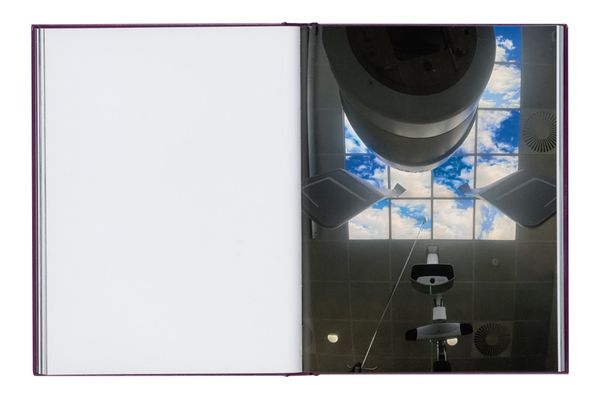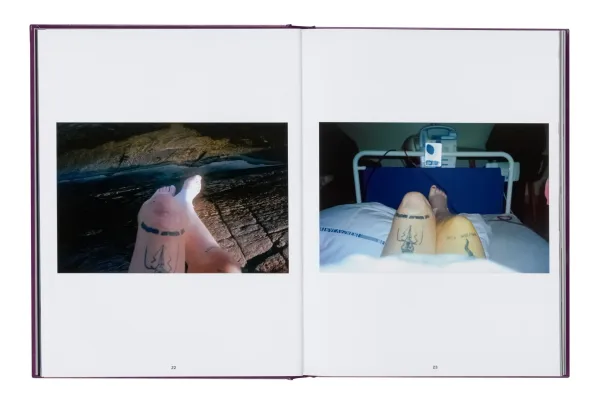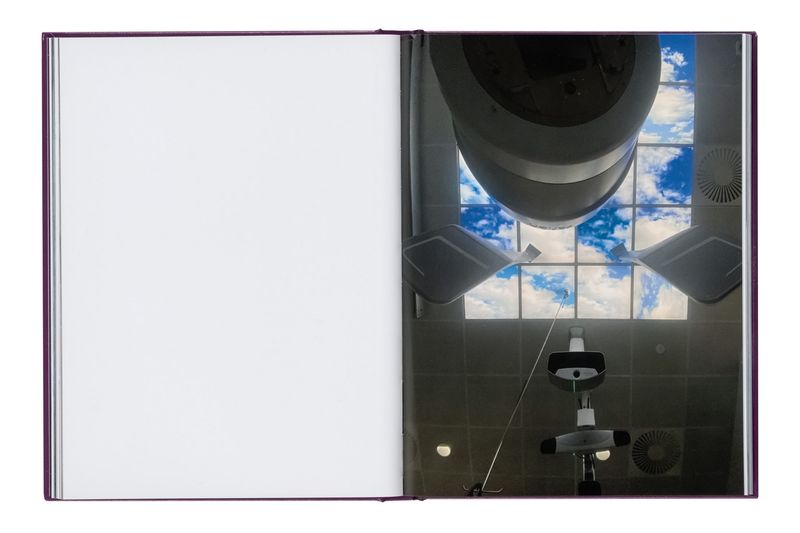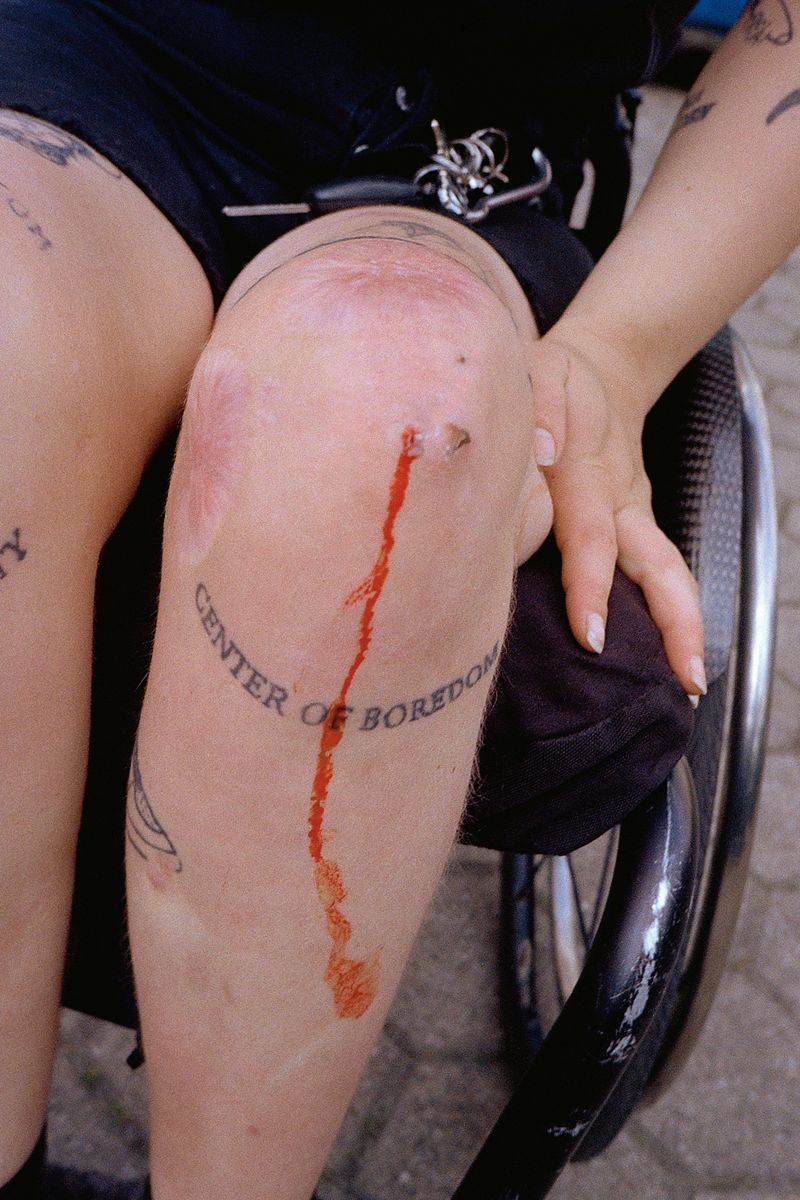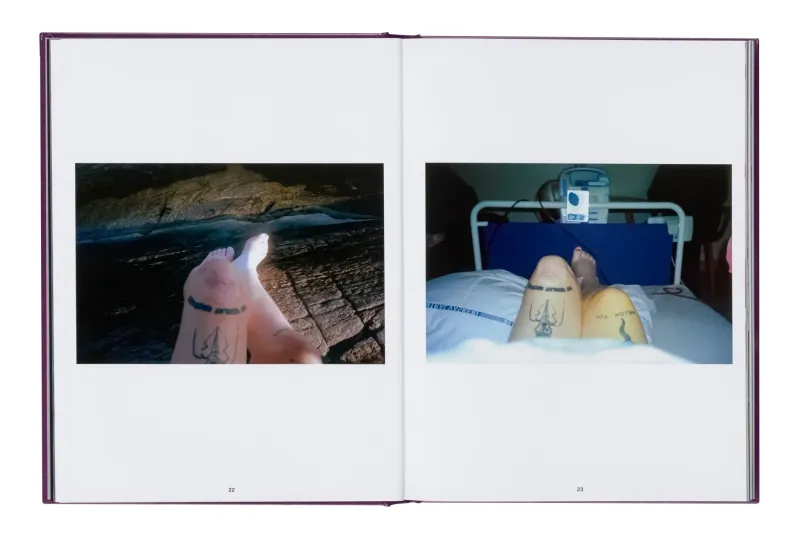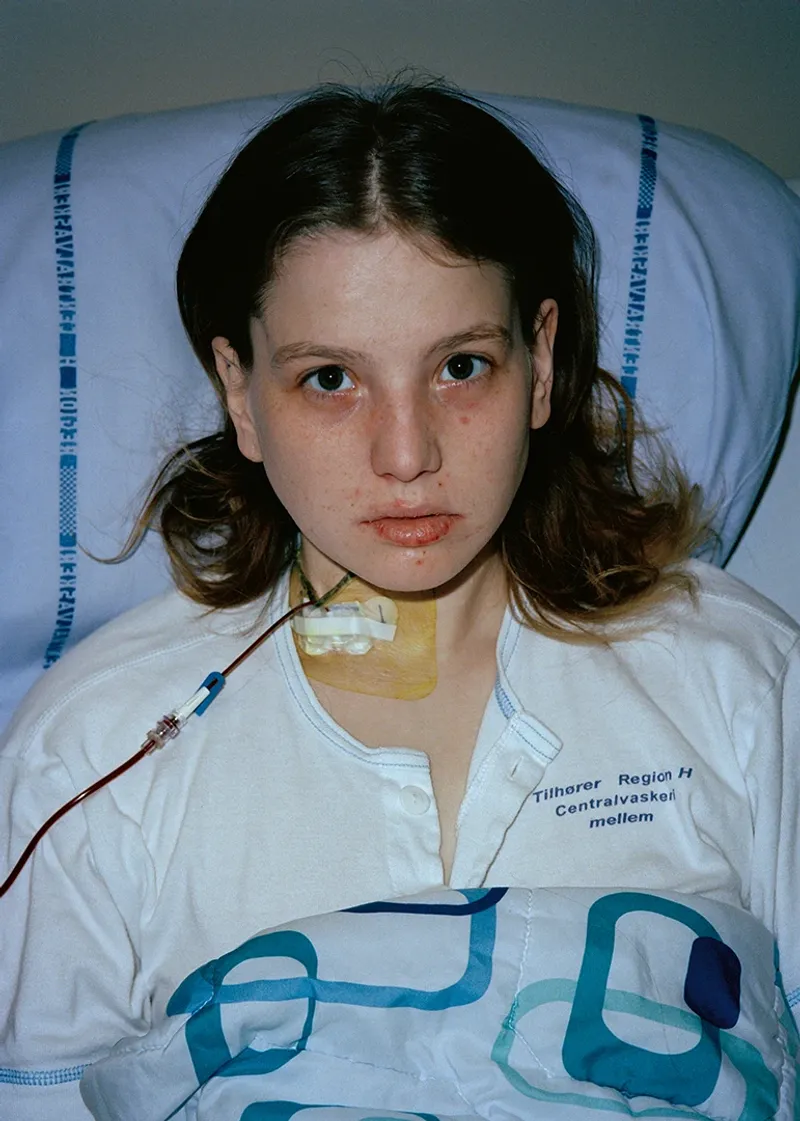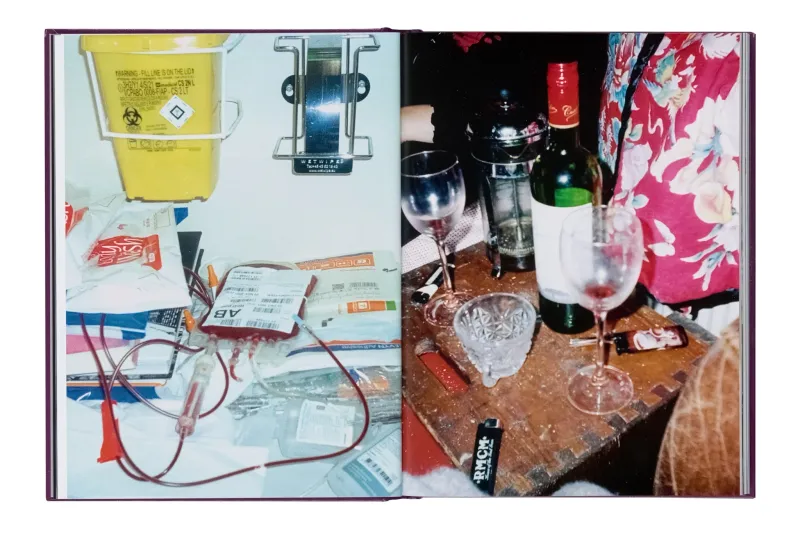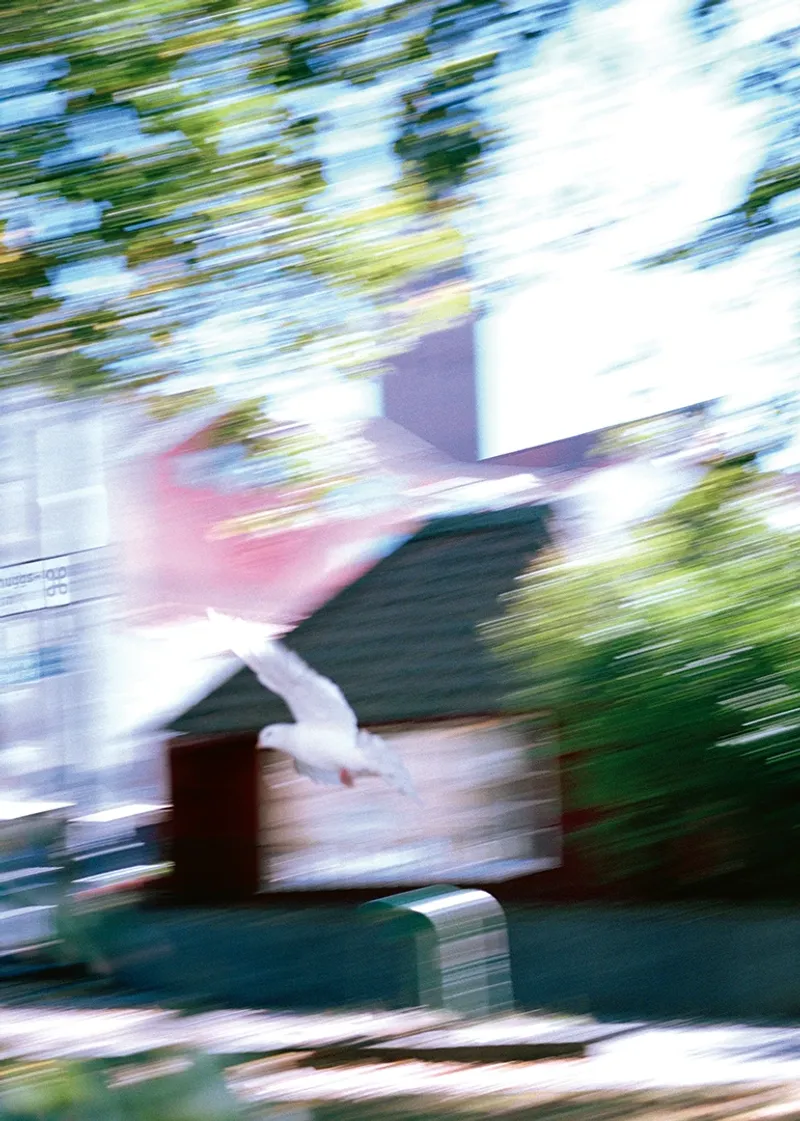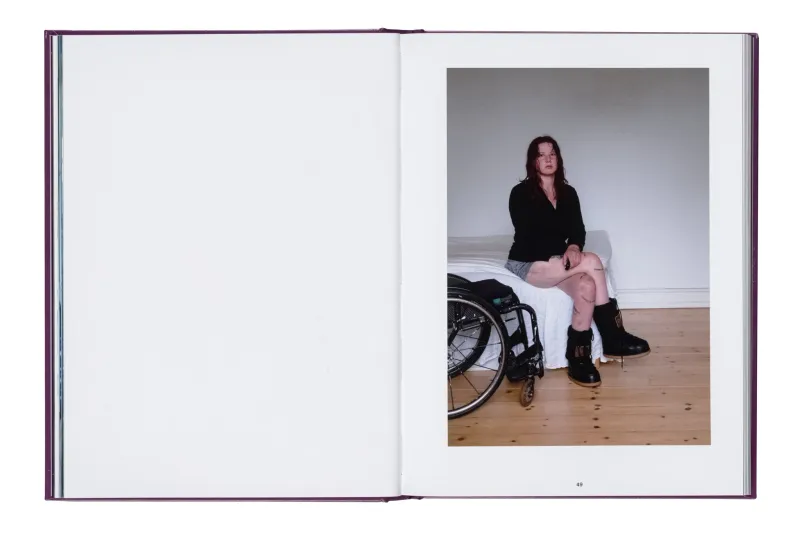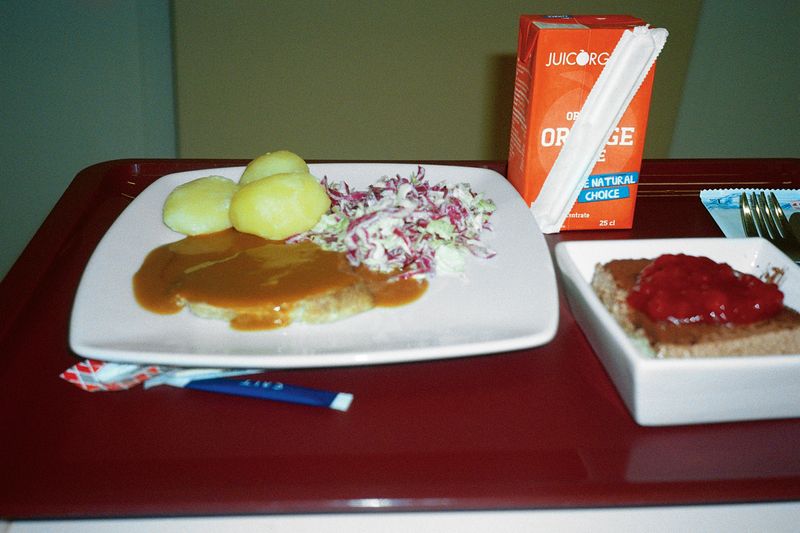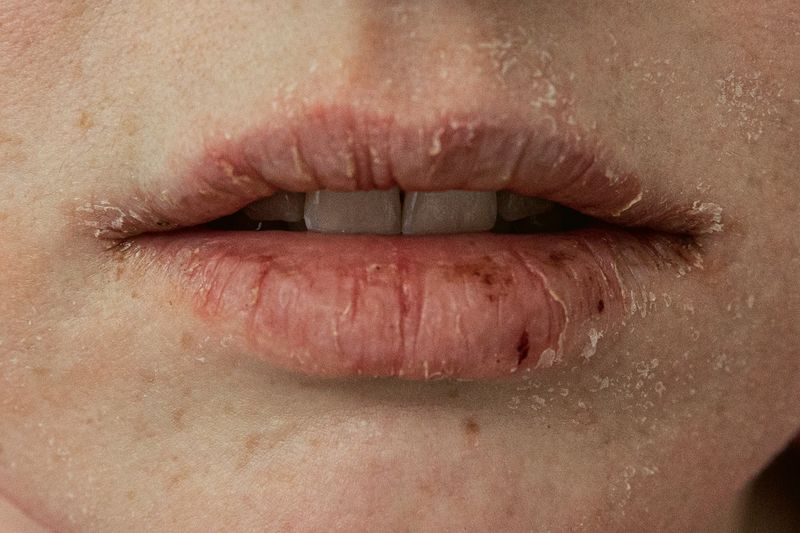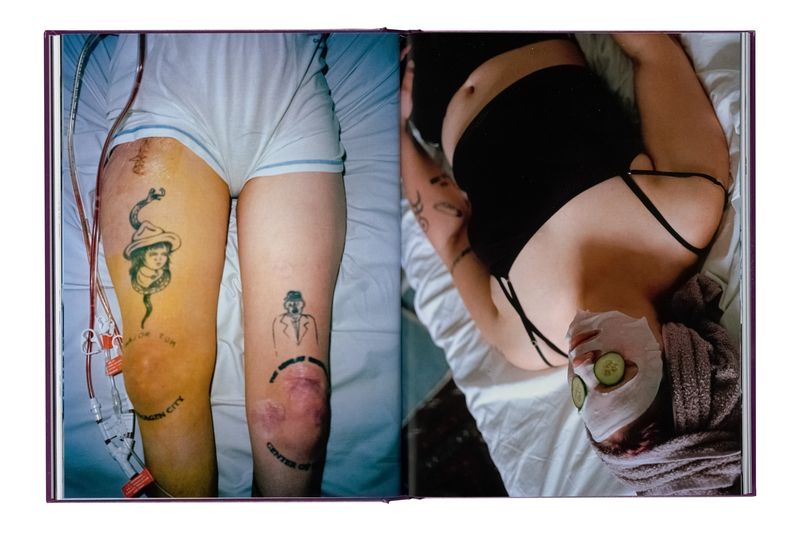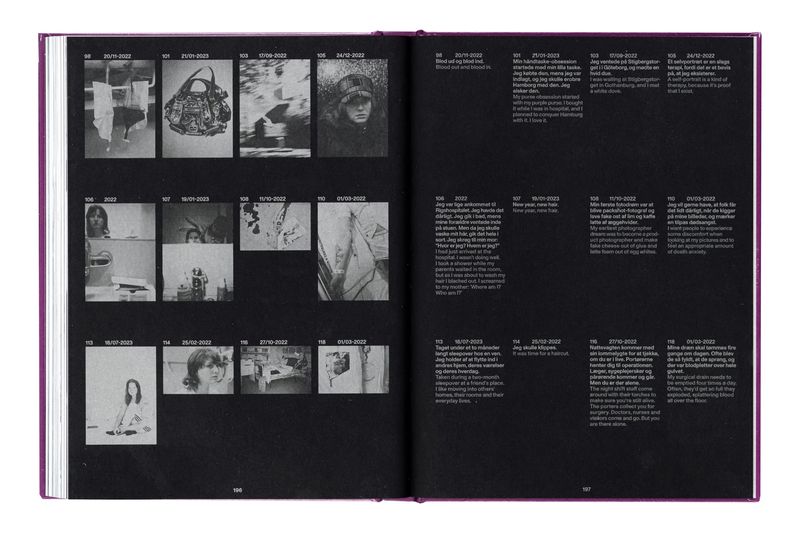Photobook Review: Frida Forever by Frida Lisa Carstensen Jersø
-
Published25 Mar 2025
-
Author
- Topics Photobooks
Frida Forever tells the story of chronic illness, of the broken back that Frida suffered, the hundreds of operations she has undergone. It’s a book of snapshot images, and snapshot words that cut through the pain with their dark humour and intelligence.
Frida Forever begins with a quote by Susan Sontag from Illness as Metaphor; ‘Illness is the night-side of life,’ it reads, ‘a more onerous citizenship. Everyone who is born holds dual citizenship, in the kingdom of the well and in the kingdom of the sick.’
One day we will get sick, she continues, one day ‘…each of us is obliged, at least for a spell, to identify ourselves as citizens of that other place.’
For 13 years, Jersø has been a citizen of ‘that other place’. Since breaking her back in 2012 and becoming paraplegic, she has been fully initiated into the lore of the kingdom of the sick. She’s passed the test, she’s sworn the oath, she’s got the passport, she has 13 years of understanding what it means to negotiate the spaces, the places, the cast of characters, the rituals of the clinics, the wards, the operating rooms, the physiotherapy centres of that kingdom.
She’s had over 100 operations, so the book is a ‘…testament to life in hospital.’ We see this straight away with the cover of the book; her bag hanging from a drip stand, the personal and the clinical worlds in an uneasy coexistence.
Open the book and we go straight into the kingdom of the sick with pictures of Jersø (during her 87th operation – she stopped counting after that) on a hospital bed, tubes in her mouth bandages over her eyes. There are drips, and sockets, and wires, and beds that go up and down at the press of a button.
There are medical records. One reads, ‘Frida carries on, cries, wants to go home, threatens to run away, threatens suicide.’
There are hospital blankets and hospital sheets, with blue running through them like hospital sheets the world over. There are plastic yellow disposal units for sharps and waste for incinerating, and hospital food that you pick at until the ice cream comes or you order a Chinese (as Jersø does).
She’s taking her place in her new environment and it is relentless. At first she lies flat, immersed in the clinical way of seeing her body, but then she emerges in a series of self-portraits that show her as she ages, as the surgery takes its toll.
‘A self-portrait is a kind of therapy,’ she writes in the accompanying notes. ‘It’s proof that I exist.’
Exist she does. The photographs prove it. Her exhaustion turns to boredom, acceptance, confrontation, and perhaps a refusal to become one with the environments she inhabits on a regular basis. Despite all the fatigue, she is determined to remain who she is. And who she is is determined, in part at least, by the photographs she makes. Amidst the pain, the tears, the grief, she carves out the time and the energy to photograph.
So the book is also about Jersø herself. ‘…it is about me. I turn the camera to myself not only because I am often alone, but my sick body, with its scars, metal implants and all its fragility is the landscape I know best. It’s my speciality.’
We see Jersø’s knee tattoo. It reads Center of Boredom, a streak of blood streaming across it from a surgical entry point. There’s a Copenhagen City tattoo and a Major Tom tattoo, marks that she decided to have made on a body that is scarred both from her accident and the subsequent medical conditions she suffers.
Friends come to visit, we see them dancing in cowboy hats, a kitchen disco, the clinical and the personal conflating, Jersø in the ascendance. Others jump naked into night time waters, climb trees or sit on mini-market steps, all doing things that Frida can’t do.
‘I always arrive late when meeting friends at a bar or something like that,’ Jersø writes. ‘Don’t want to have to stand around waiting outside.’
We don’t see any of the nurses or doctors at the hospital but we read about them in the notes that accompany each picture at the back of the book. We hear about the ‘yoga doctor’ who was convinced Jersø and her mother were connected through a shared trauma. We hear about her three doctors; ‘one I talk to about art, literature and bad prognoses. One I cry with. And one I talk to about nursing techniques, drones, and surgical procedures.’
The book ends as it begins, with Jersø on a hospital bed. She’s older now and she’s conscious, the yellow stain of betadine on her leg running over her tattoos, a bag of blood by her side.
The note that accompanies this image bookmarks the opening quote. To become sick is to become a citizen of another world. Here, your body speaks louder than your words. It is constantly monitored, evaluated, and interpreted. The doctor’s gaze defines you. You are no longer yourself.’
The text is set next to the images in the books. They’re short and snappy, sometimes connecting directly to the image, sometimes taking you into worlds that lie outside the image. They are sharp, unflinching words and they include a reminder for us all. ‘You’ll die one day too. That’s something we have in common.’
--------------
Frida Forever by Frida Lisa Carstensen Jersø is published by Disko Bay
Hardcover
17 × 22,7 cm
208 pages
113 color plates
Text in Danish and English
Full index with image descriptions
Essay by Maija Tammi
Edition of 750
Printed by Narayana Press
ISBN 978-87-975274-2-9
Published 7 February 2025
--------------
All images © Frida Lisa Carstensen Jersø
--------------
Frida Lisa Carstensen Jersø grew up in Copenhagen, Denmark, and completed her Bachelor of Fine Arts in Photography from HDK Valand in Gothenburg, Sweden, in 2024. Her work largely revolves around the body and its limitations, with a particular interest in exploring the sick body, ableism, and societal perceptions of these topics. Through photography, she examines the physical and emotional aspects of vulnerability and strength. Jersø has exhibited at venues such as Röda Sten Konsthall in Gothenburg, and Frederiksborg Castle in Denmark, and has participated in several group exhibitions around Scandinavia. She was awarded third prize in the Portræt NU! competition in 2023 and her work has also been featured in Danish media such as DR.DK and Politiken. In addition to her artistic practice, she teaches at Kbh Film and Photoskole.
Colin Pantall is a photographer, writer, and lecturer based in Bath, England. His next online courses and in person workshops begin in May 2025. More information here. Follow him on Instagram.
